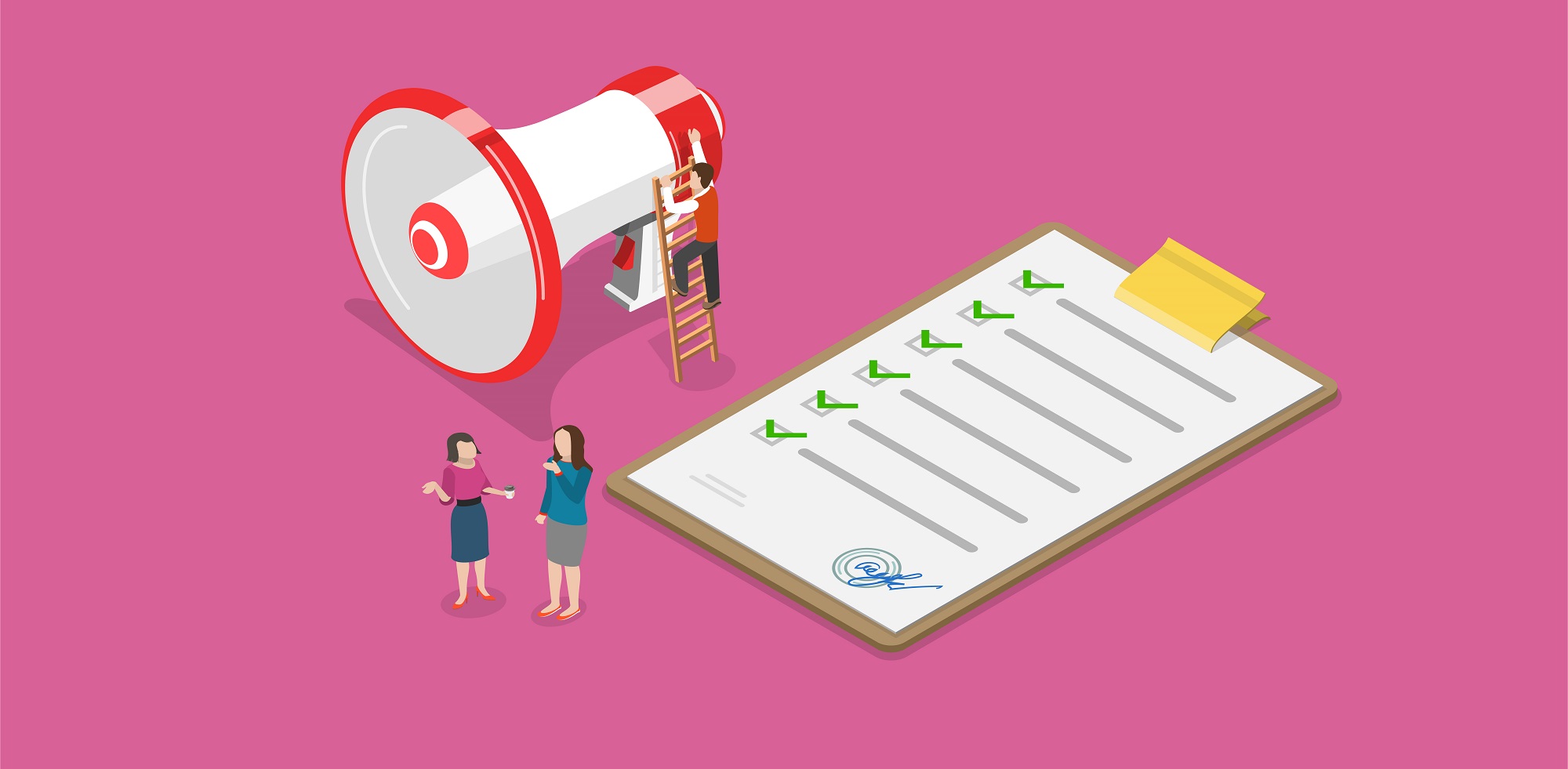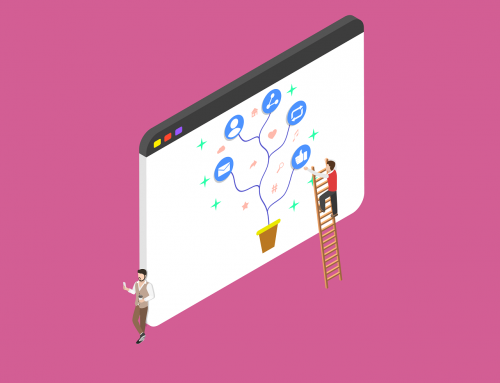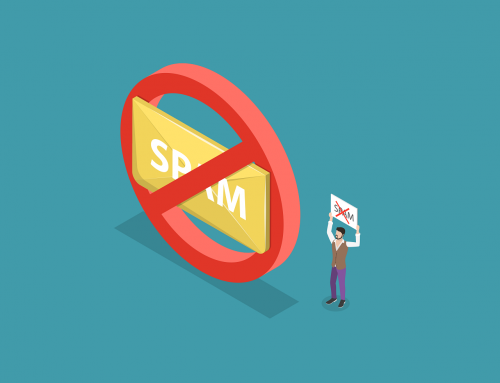How does customer engagement differ from satisfaction?
The words “customer engagement” and “customer satisfaction” are often used interchangeably. While there’s overlap in their meanings, they aren’t synonymous. Marketing experts often make a common mistake to not differentiate between them.
Customer engagement usually occurs in the early stages of the customer lifecycle. Customer satisfaction however often occurs as a result of the customer engagement.
It’s important to take both indicators into account when measuring your marketing campaign. Omitting either of these indicators could easily mislead your results.
What is Customer Satisfaction?
Before we get into why customer satisfaction is important and how it’s measured, we need to have a good understanding of what it is. Customer satisfaction is a critical concept for marketing professionals that is exactly what it sounds like.
It’s defined as the metric used to quantify the degree to which a customer is happy with a product, service, or experience. It tends to reflect how a customer feels about interacting with a specific brand.
Ultimately, customer satisfaction boils down to one question – how satisfied are customers with your product? If you don’t attempt to satisfy your customers through the entire customer experience, your business is likely to land in hot water.
Why is Customer Satisfaction so Important?
If customer satisfaction is ignored, unsatisfied customers can’t be identified. These unsatisfied customers could result in an increased churn rate.
Conversely, without appropriate satisfaction consideration happy customers are unidentifiable. This means that their positive word of mouth can’t be properly measured and analysed.
Without constant contact or feedback from the customer, brands can become isolated and operate within a bubble.
A lack of customer satisfaction consideration means customer prediction can become more difficult. This could even result in improper or poor planning for future marketing endeavours.
Retention is an important factor customer satisfaction in the context of long-term business growth. You can acquire customers as rapidly as you’d like, but if they aren’t satisfied, they just won’t stick around!
Customer Engagement Measurement
Unlike customer satisfaction, customer engagement measures the depth of the relationships between a business and its customers.
Because customer engagement and customer satisfaction differ in definition, they both tend to be measured in completely different ways. Customer engagement is typically used to assess how your existing and prospect customers are reacting your product offering.
As discussed in previous blog posts, customer engagement often precedes a purchase. Engagement with a product or brand can begin the moment a possible customer visits that brand’s website.
Since customer engagement is more likely to occur at the early stages of the customer onboarding, it is directly related to conversion rates.
Prior to effectively measuring customer engagement, marketers must get a holistic view of customer engagement across all touchpoints. Customer interactions must also be measured in the context of other metrics such as sentiment and loyalty.
Online customer engagement tends to be measured using website metrics or analysis in response to a marketing campaign. Marketers can either observe the user behaviours or try to engage clients in taking specific actions to properly assess their level of engagement.
Customer Satisfaction Measurement
Customer satisfaction is the indicator that can be used to evaluate how your customers rate your product and services against their expectations.
The satisfaction of a customer isn’t an indicator that can easily be measured using only one method. Examples of customer satisfaction measurement include monitoring repeat purchases, recommendation likelihood and direct outreach to customers through surveying.
Regarding surveying, the customer satisfaction metric is can be calculated through developing a five or seven-point scale. This is often based on how a customer feels about a specific interaction or the overall customer experience.
Customer satisfaction measurement through a survey can be broken down into 4 categories. These include customer support satisfaction, product satisfaction, sales satisfaction and website satisfaction.
Gathering information using these dimensions can give a good overview of your customer satisfaction rating through a CSAT (Customer Satisfaction Score) measurement.
Independent Measurement
Customer engagement and customer satisfaction are not only independent in definition, they should also have independent measurement.
Because customer engagement is at the earlier stages of customer onboarding and customer satisfaction tends to be in the later stages independent measurement should be conducted.
Measurement of customer satisfaction should be done at any stage of the sales funnel and throughout the entire process of service developments.
After independent measurement, both KPIs can be used in combination to gain insight into how the customers are engaged with the brand. This can be followed by an effort to obtain appropriate feedback on the offerings.
The combined KPIs can be used in advising future marketing campaigns. The collection of complex information about the customer levels of satisfaction and engagement can be used to improve products and services, while boosting conversions.
Are you interested in finding out more regarding customer engagement? If so, make sure to contact us today on +353 1 8041298, or, click on the link below to be brought to our contact form!
Want to find out more about our services?
Simply call us on +353 1 8041298 or pop your business email in the field below, hit ‘contact us’ and we’ll be in touch!











